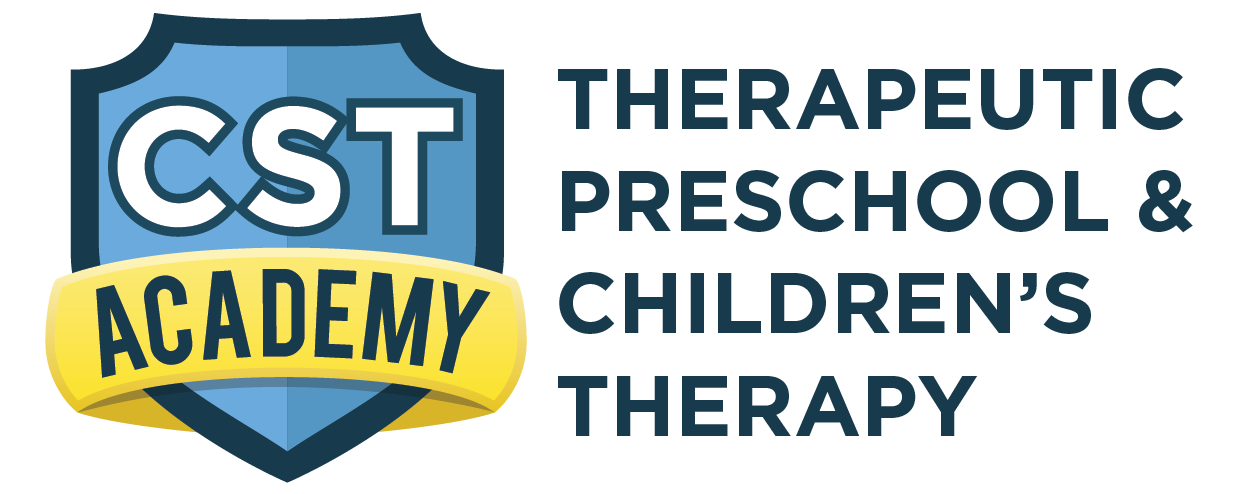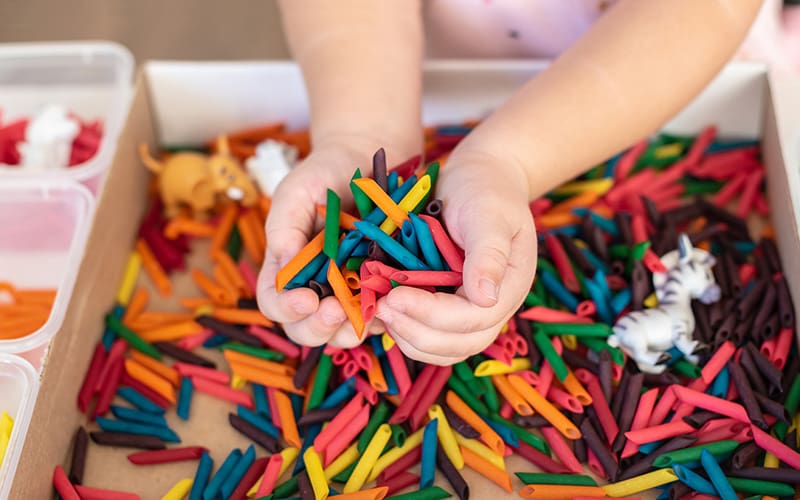Tactile play, an essential component of early childhood development, involves activities that stimulate a child’s sense of touch, enhancing their sensory processing abilities and cognitive growth. Occupational Therapists (OTs) at leading child development centers, like those specializing in diverse learning needs and autism spectrum disorder, emphasize the importance of tactile play in fostering key developmental milestones. This blog dives into the world of OT-approved tactile play activities and their profound benefits for children.
The Importance of Tactile Play
Tactile play engages children in hands-on experiences, promoting sensory integration—a process critical for learning and performing daily activities. By exposing children to a variety of textures, shapes, and materials, tactile play supports the development of fine motor skills, encourages exploratory behavior, and aids in the understanding of the world around them. Occupational Therapists advocate for incorporating tactile play into children’s routines to bolster these developmental areas.
OT-Approved Tactile Play Activities
- Sensory Bins: Filled with safe, non-toxic materials like rice, beans, or water beads, sensory bins allow children to explore different textures and practice scooping, pouring, and grasping.
- Play Dough and Clay: Manipulating play dough or clay helps strengthen hand muscles and supports creativity while enhancing fine motor skills.
- Finger Painting: A classic tactile play activity that combines sensory exploration with artistic expression, encouraging cognitive development through color and pattern recognition.
- Nature Walks: Collecting leaves, sticks, stones, and other natural materials during nature walks exposes children to various textures and stimulates their sensory awareness.
- Textured Collages: Creating art with materials of different textures, such as fabric scraps, buttons, and feathers, promotes tactile discrimination and fine motor precision.
Benefits of Tactile Play
- Enhanced Sensory Processing: Regular tactile play helps children become more attuned to sensory information, aiding in their ability to process and respond to diverse sensory experiences.
- Improved Motor Skills: Activities that involve touching, holding, and manipulating objects strengthen fine motor skills and hand-eye coordination.
- Cognitive and Emotional Growth: Tactile play supports problem-solving skills, fosters creativity, and can be soothing for children, helping to regulate emotions.
- Social Interaction: Group tactile play activities encourage sharing, turn-taking, and cooperation among peers, vital for social development.
Integrating Tactile Play at Home
Occupational Therapists encourage parents and caregivers to create opportunities for tactile play at home. Simple, everyday materials and activities can provide enriching sensory experiences for children. It’s important to choose age-appropriate, safe materials and supervise play to ensure a positive and beneficial experience.
Tactile play is a foundational element of child development, offering numerous benefits that span sensory processing, motor skills, and cognitive and emotional growth. By incorporating OT-approved tactile play activities into daily routines, parents and caregivers can support their children’s development in a fun and engaging way. Embracing the insights from expert Occupational Therapists opens up a world of developmental opportunities, paving the way for children to explore, learn, and grow.













